Home>Home Maintenance>What Is My House’s Standard Drainage Size
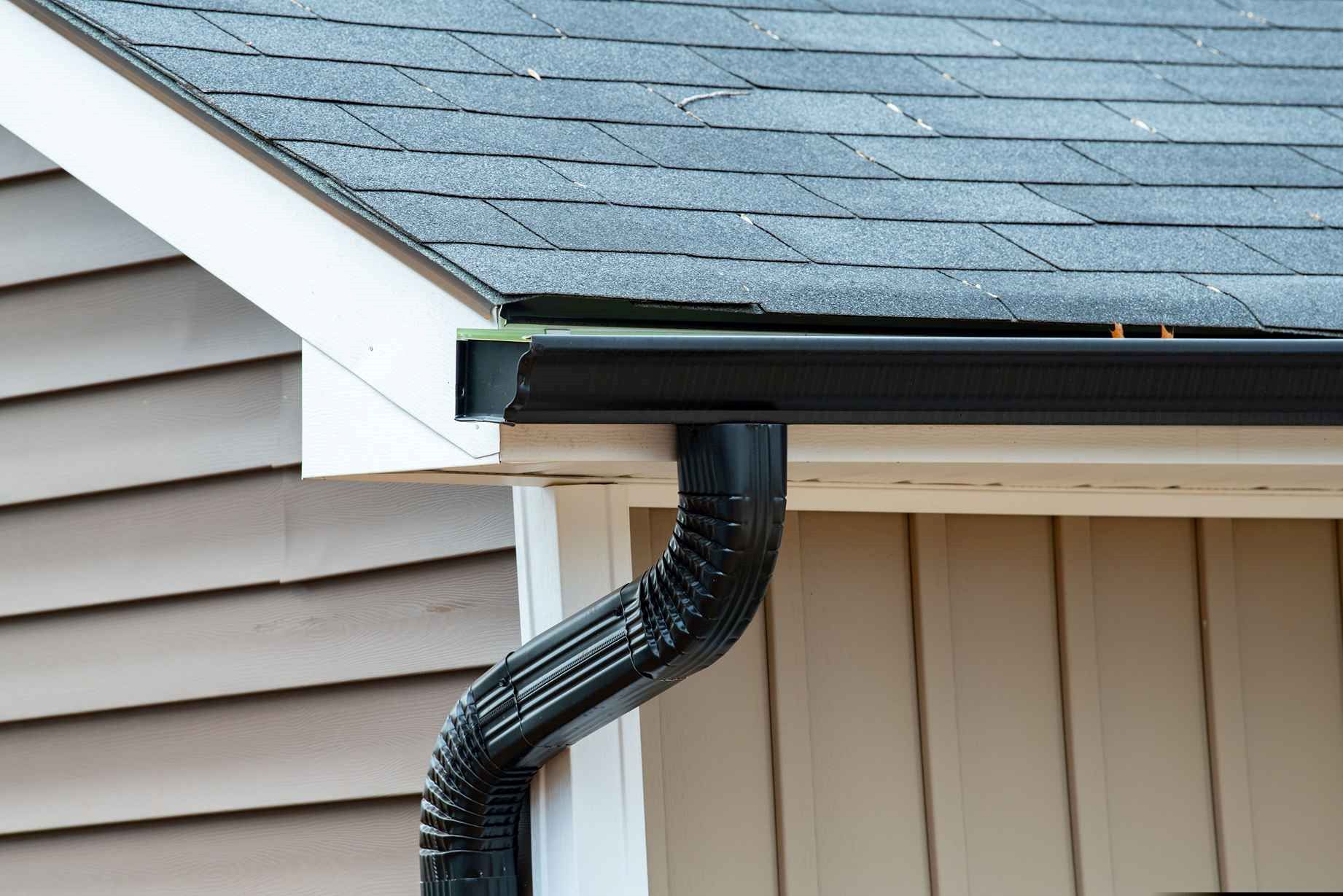

Home Maintenance
What Is My House’s Standard Drainage Size
Modified: August 27, 2024
Learn about the standard drainage size for your house and ensure proper home maintenance.
(Many of the links in this article redirect to a specific reviewed product. Your purchase of these products through affiliate links helps to generate commission for Storables.com, at no extra cost. Learn more)
Introduction – Importance of Understanding the Standard Drainage Size of a House
When it comes to maintaining your home, there are certain aspects that demand attention to ensure everything runs smoothly. One crucial component that often goes unnoticed is the drainage system. Understanding the standard drainage size of your house is essential for proper maintenance and avoiding potential issues down the line.
Drainage refers to the system that collects and carries wastewater away from your home. It includes various pipes and fittings that are designed to efficiently remove water from sinks, toilets, showers, and other fixtures. The proper functioning of this system is vital for maintaining a hygienic and livable environment within your home.
Knowing the standard drainage size of your house is important for several reasons. Firstly, it allows you to identify any potential drainage problems, such as clogs or backups, before they become major issues. Secondly, understanding the drainage size can help you plan any renovations or upgrades, ensuring that the new fixtures are compatible with your existing plumbing system.
Additionally, being aware of the standard drainage size of your house can save you time and money when it comes to repairs or maintenance. If you need to replace a pipe or fitting, knowing the correct size beforehand can streamline the process and prevent errors or misjudgments.
The drainage size of a house is influenced by various factors, including the size of the house itself, the layout and design of the plumbing system, and local building codes and regulations. Each fixture in your house, such as bathrooms, kitchens, and laundry areas, may have specific drainage size requirements, which must be adhered to for efficient functionality.
In the following sections, we will explore the factors that affect drainage size, common standard drainage sizes for different areas of your house, how to determine your house’s drainage size, and the importance of maintaining the correct size for proper functioning of your drainage system.
Key Takeaways:
- Proper drainage size is crucial for a well-functioning plumbing system, preventing clogs, backups, and costly repairs. Understanding and maintaining the correct size ensures a healthy and efficient home environment.
- When considering an upgrade to your drainage size, consult with a professional to assess your specific situation and determine the most appropriate solution. Upgrading can improve efficiency, prevent issues, and increase property value.
Read more: What Size Is A Standard House Brick
Factors Affecting Drainage Size
When it comes to determining the standard drainage size of a house, there are several factors that come into play. Understanding these factors is essential for ensuring the proper functioning of your drainage system.
1. Size of the House:
The size of your house plays a significant role in determining the drainage size. Larger houses usually require larger pipes and fittings to handle the increased water flow. Conversely, smaller houses may have smaller drainage requirements. The size of the house is an important consideration when planning the plumbing system and determining the appropriate drainage size.
2. Layout and Design of the Plumbing System:
The layout and design of the plumbing system within your house also influence the drainage size. The placement of fixtures, such as sinks, toilets, and showers, affects the flow of water and the size of pipes needed. A well-designed plumbing system will ensure efficient drainage and prevent potential issues like backups or leaks. It is important to work with a professional plumber or consult building plans when designing or modifying the plumbing system to ensure the correct drainage size.
3. Local Building Codes and Regulations:
Local building codes and regulations play a crucial role in determining the standard drainage size of a house. Building codes vary from one jurisdiction to another and are put in place to ensure the safety and functionality of the drainage system. These codes provide guidelines on pipe sizes, installation methods, and other specifications that must be followed during construction or remodeling. It is important to familiarize yourself with the local building codes and regulations to ensure compliance when determining the drainage size of your house.
Considering these factors and understanding how they impact the drainage size of your house is essential for maintaining a functional and efficient plumbing system. By taking into account the size of your house, the layout and design of the plumbing system, and the local building codes and regulations, you can ensure that the drainage size is appropriate for your specific needs.
Common Standard Drainage Sizes
Different areas of your house have specific drainage requirements based on the fixtures present. Let’s explore some common standard drainage sizes for various areas of a house.
1. Bathroom Drainage Size:
In the bathroom, the standard drainage size for sinks and showers is typically 1.5 to 2 inches in diameter. This size allows for efficient drainage of water and prevents clogs. For toilets, the drainage size is usually larger, ranging from 3 to 4 inches in diameter, to accommodate the larger volume of water and waste.
2. Kitchen Drainage Size:
In the kitchen, the standard drainage size for sinks is usually 1.5 to 2 inches in diameter. This size allows for the efficient drainage of water and food waste. Additionally, dishwashers often require a separate drainage line, which is typically 1.5 inches in diameter, to ensure proper functioning.
3. Laundry Drainage Size:
In the laundry area, the standard drainage size for washing machines is typically 2 inches in diameter. This size allows for the effective removal of water from the machine during the wash and spin cycles. Additionally, some washing machines may require a vent pipe for proper drainage, which should also be accounted for in the plumbing system design.
4. Outdoor Drainage Size:
For outdoor drainage, the size of the pipes may vary depending on the specific requirements. If you have outdoor fixtures such as rain gutters, downspouts, or yard drains, the drainage size will depend on the amount of water they need to handle. Typically, the drainage sizes for outdoor fixtures range from 3 to 6 inches in diameter.
It’s important to note that these are general guidelines for standard drainage sizes, and the specific requirements may vary based on local building codes and regulations. It is always advisable to consult with a professional plumber or refer to the local codes when determining the drainage size for different areas of your house.
Understanding the standard drainage sizes for different areas of your house will help you ensure that your plumbing system is functioning efficiently and prevent any potential issues related to inadequate drainage.
Determining Your House’s Drainage Size
When it comes to determining the drainage size of your house, there are several methods you can use to get an accurate measurement. Let’s explore three common approaches.
1. Checking the Size of Existing Pipes:
If you have access to your house’s plumbing system, you can check the size of the existing pipes to determine the drainage size. Measure the diameter of the pipes using a tape measure or a caliper. Keep in mind that different fixtures may have different pipe sizes, so make sure to measure each one separately. By assessing the existing pipes, you can get a good understanding of the drainage sizes already in place. However, this method may not be feasible if you don’t have easy access to the pipes or if they are concealed within walls or floors.
2. Consulting with a Plumber:
If you are unsure or unable to determine the drainage size on your own, it’s best to consult with a professional plumber. Plumbers have the expertise and experience to accurately measure the drainage size of your house. They can conduct a thorough assessment of your plumbing system and provide you with the necessary information. A plumber can also offer guidance on any necessary upgrades or modifications to ensure optimal drainage performance. Consulting with a plumber gives you the advantage of professional knowledge and ensures accurate measurement of your house’s drainage size.
3. Reviewing Building Plans or Documentation:
If you have access to the original building plans or documentation of your house, you can review them to determine the drainage size. Building plans often include specifications for the plumbing system, including pipe sizes. This method is particularly useful if you are planning renovations or modifications, as it helps you understand the existing drainage sizes and make informed decisions regarding any changes. However, keep in mind that building plans may not always be readily available, especially for older houses.
By utilizing these methods, you can determine the drainage size of your house. Whether you check the size of existing pipes, consult with a plumber, or review building plans/documentation, it’s important to ensure accurate measurements to maintain an efficient and functional drainage system.
The standard size for residential drainage pipes is 4 inches in diameter. This size is commonly used for kitchen sinks, bathroom sinks, and washing machine drains.
Importance of Proper Drainage Size
Proper drainage size is crucial for the efficient functioning of your home’s plumbing system. Understanding and maintaining the correct drainage size offers several important benefits. Let’s explore why it’s essential to ensure the proper drainage size for your house.
1. Efficient Drainage System Functioning:
Having the correct drainage size ensures the smooth and efficient flow of water and waste within your plumbing system. Properly sized pipes and fittings allow for the rapid removal of wastewater, preventing any potential backups or slow drainage. A well-functioning drainage system helps maintain the overall hygiene and cleanliness of your home.
2. Preventing Clogs and Backups:
Adequate drainage size minimizes the chances of clogs and backups in your plumbing system. When pipes are too small for the volume of water and waste being drained, they are more prone to clogging. Clogs can lead to water backups, unpleasant odors, and even structural damage. By maintaining the proper drainage size, you can mitigate the risk of clogs and backups, ensuring smooth operation of your plumbing system.
3. Avoiding Costly Repairs and Damages:
An incorrectly sized drainage system can cause significant damage to your property. When pipes are too small, they can become easily overwhelmed, leading to leaks, pipe bursts, and water damage. These issues can be not only inconvenient but also costly to repair. By ensuring the proper drainage size, you can minimize the risk of expensive repairs and potential damage to your home.
4. Preserving the Longevity of Fixtures:
In addition to preventing damages to your plumbing system, proper drainage size helps preserve the longevity of fixtures such as sinks, toilets, and showers. When drains are too small, fixtures are more likely to experience increased pressure and stress. This can lead to premature wear and tear, resulting in the need for frequent repairs or replacements. By maintaining the correct drainage size, you can extend the lifespan of your fixtures and avoid unnecessary expenses.
Proper drainage size is vital for the efficient functioning of your home’s plumbing system and the overall well-being of your household. By ensuring efficient drainage system functioning, preventing clogs and backups, and avoiding costly repairs and damages, you can enjoy a stress-free and functional plumbing system in your home.
Read more: What Size Is A Standard Dishwasher
Upgrading Drainage Size
While maintaining the proper drainage size is important, there may come a time when upgrading the drainage size becomes necessary. Let’s explore the signs indicating a need for an upgrade, the importance of consulting with a professional, and the potential benefits of upgrading.
1. Signs Indicating a Need for an Upgrade:
There are several signs that may indicate a need to upgrade the drainage size in your house. These signs include frequent clogs or backups in the plumbing system, slow draining fixtures, gurgling sounds in the pipes, and foul odors emanating from the drains. If you consistently experience these issues, it may be a sign that your current drainage size is inadequate and needs an upgrade. Additionally, if you are planning on adding new fixtures or expanding your living space, it’s crucial to assess whether your current drainage system can handle the increased demands.
2. Consulting with a Professional for a Proper Assessment:
When it comes to upgrading the drainage size, it is highly recommended to consult with a professional plumber or a drainage engineer. They have the knowledge and expertise to assess your existing plumbing system and determine the appropriate upgrade. A professional assessment takes into account factors such as the layout of your house, the volume and flow rates of the fixtures, and the local building codes and regulations. This ensures that the upgraded drainage size will be suitable for your specific needs and comply with the necessary standards.
3. Potential Benefits of Upgrading:
Upgrading the drainage size of your house can bring several benefits. Firstly, it improves the overall efficiency of your plumbing system by allowing for better water flow and drainage. This reduces the likelihood of clogs, backups, and other plumbing issues, resulting in a more reliable and functional system. Additionally, upgrading the drainage size can prevent water damage and structural issues that can arise from inadequate drainage. It also gives you the flexibility to add new fixtures or expand your living space without overburdening the existing system. Lastly, upgrading the drainage size can increase the value of your property, as potential buyers or tenants appreciate a well-designed and properly functioning plumbing system.
When considering an upgrade to your drainage size, it is important to rely on the expertise of professionals who can assess your specific situation and determine the most appropriate solution. With their guidance, you can address any existing issues, improve the functionality of your plumbing system, and ensure a healthier and more efficient living environment.
Conclusion – Importance of Knowing and Maintaining the Correct Drainage Size for Your House
Understanding and maintaining the correct drainage size for your house is crucial for the efficient functioning of your plumbing system and the overall well-being of your home. By considering factors such as the size of the house, the layout of the plumbing system, and local building codes and regulations, you can ensure that your drainage system is properly designed and equipped to handle the flow of water and waste.
Knowing the drainage size of your house allows you to identify and address drainage problems before they turn into major issues. By preventing clogs, backups, and leaks, you can avoid the inconvenience and potential damage that they may cause. Additionally, maintaining the proper drainage size helps extend the lifespan of your fixtures and prevents costly repairs or replacements.
When it comes to determining the drainage size, there are different methods you can use, such as checking the size of existing pipes, consulting with a professional plumber, or reviewing building plans or documentation. Each approach has its benefits and can provide accurate measurements to ensure the correct drainage size.
If you ever find signs indicating a need for an upgrade, it is important to consult with a professional plumber or a drainage engineer. They can assess your existing plumbing system, consider your specific needs, and provide recommendations for an appropriate upgrade. Upgrading the drainage size can improve the efficiency of your plumbing system, prevent plumbing issues, and give you the flexibility to accommodate future changes or additions.
In conclusion, maintaining the correct drainage size for your house is essential for the smooth operation of your plumbing system and the preservation of your home’s integrity. By investing in the proper design and size of your drainage system, you can enjoy a functional and efficient plumbing system that provides you with comfort and peace of mind.
Frequently Asked Questions about What Is My House's Standard Drainage Size
Was this page helpful?
At Storables.com, we guarantee accurate and reliable information. Our content, validated by Expert Board Contributors, is crafted following stringent Editorial Policies. We're committed to providing you with well-researched, expert-backed insights for all your informational needs.
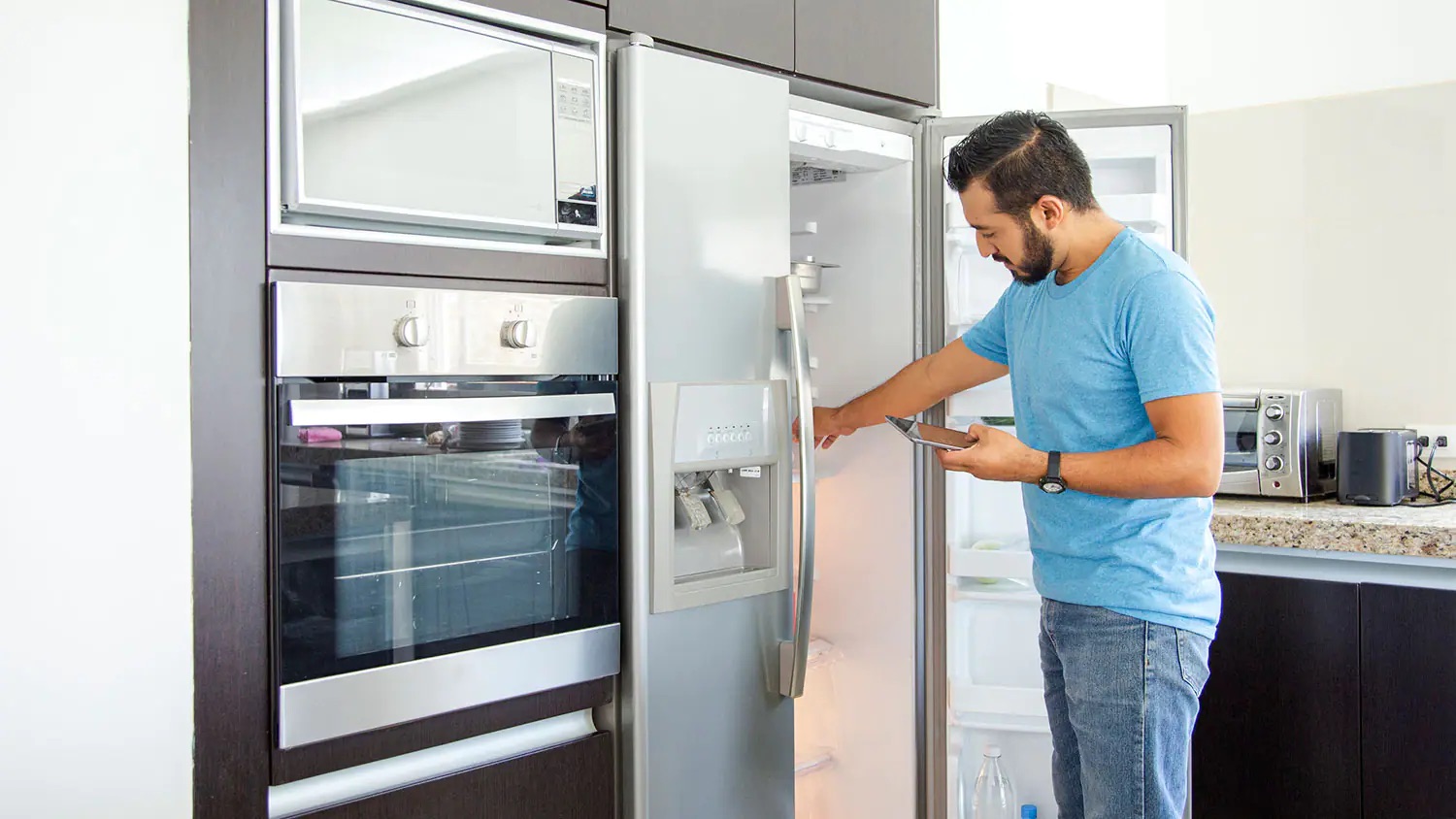



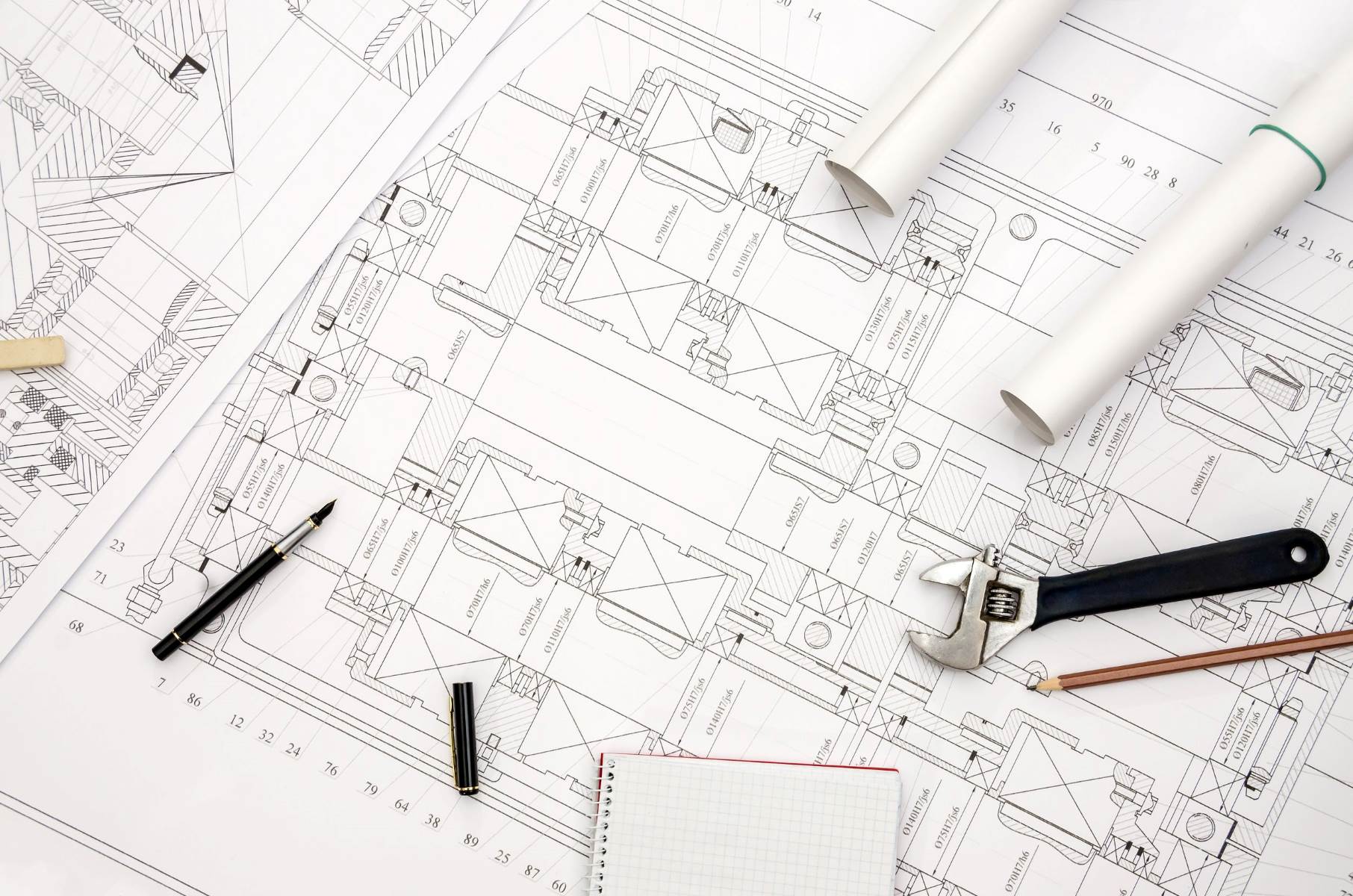
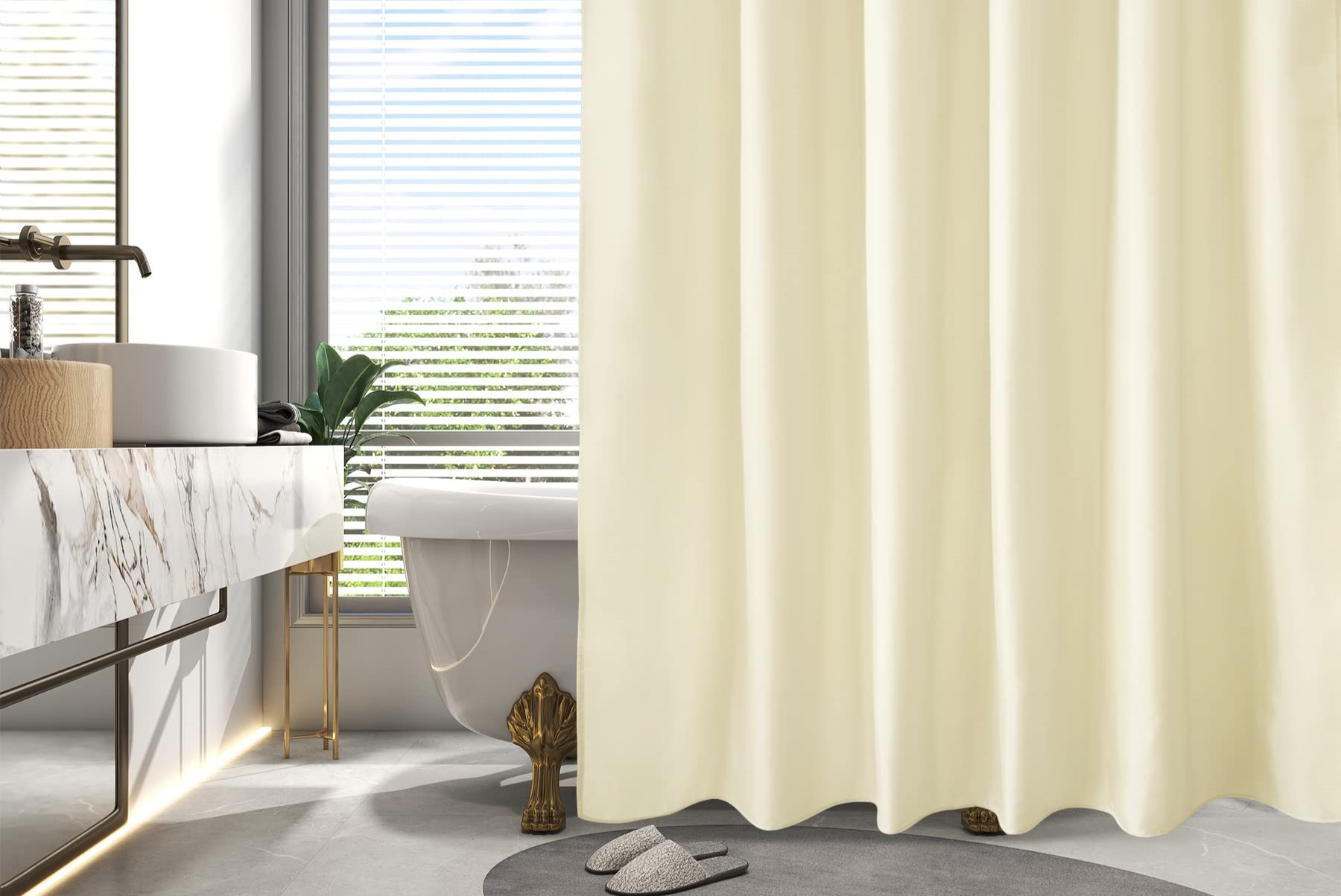


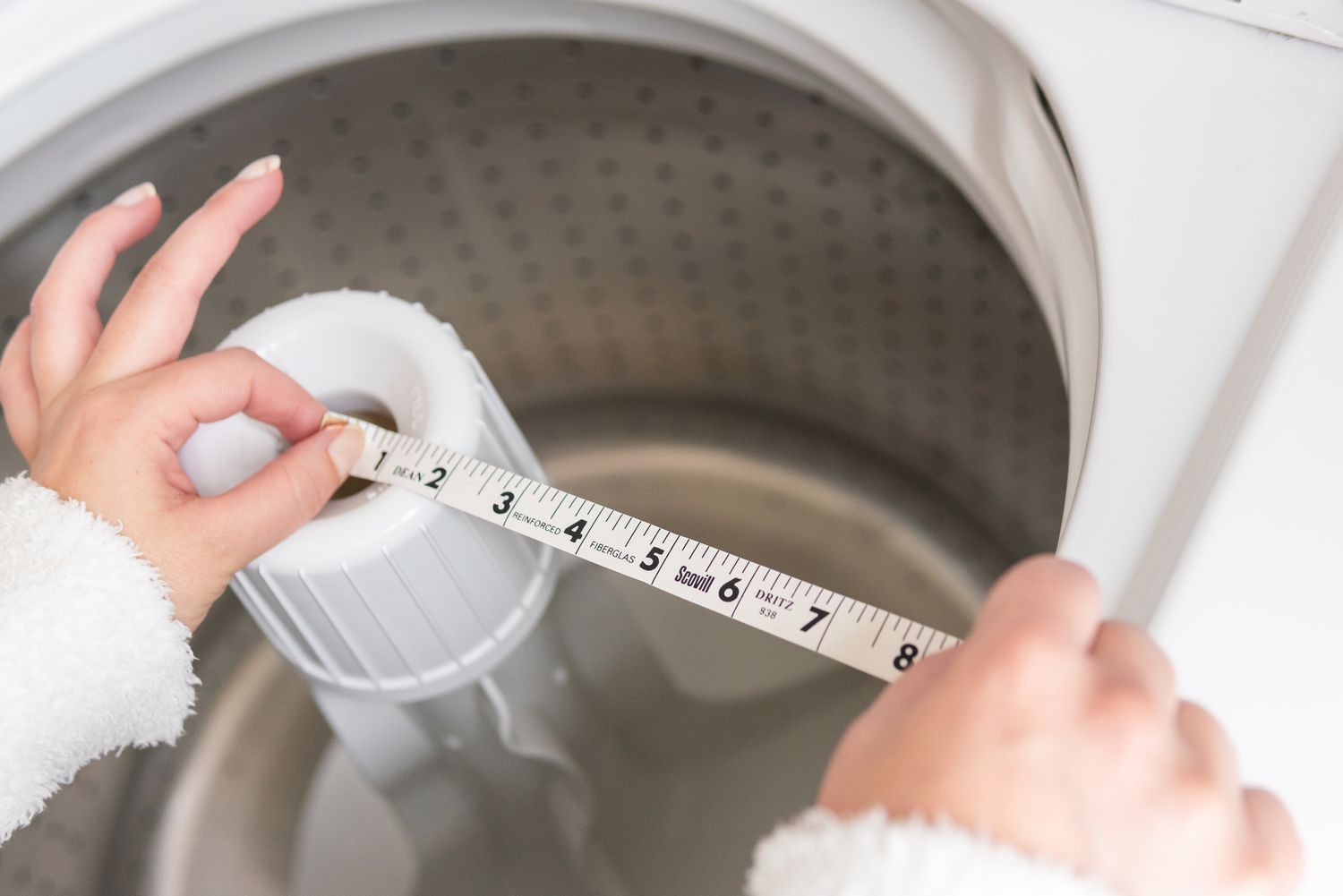
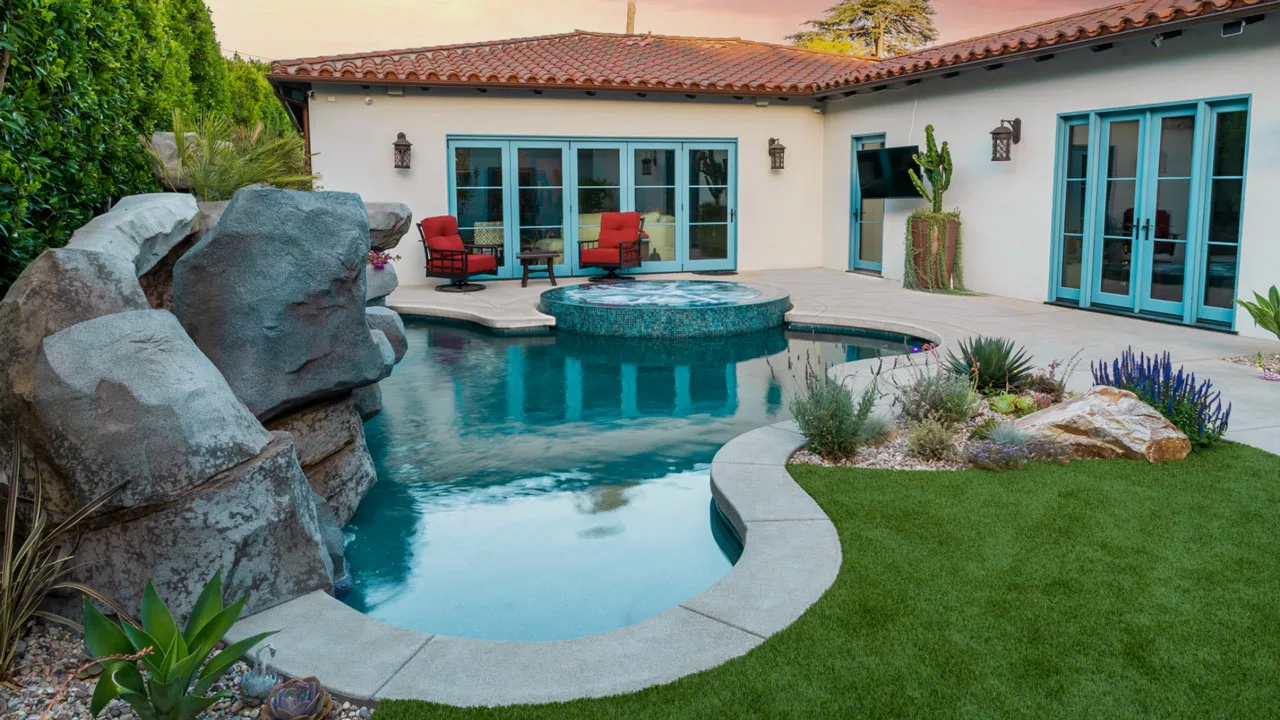

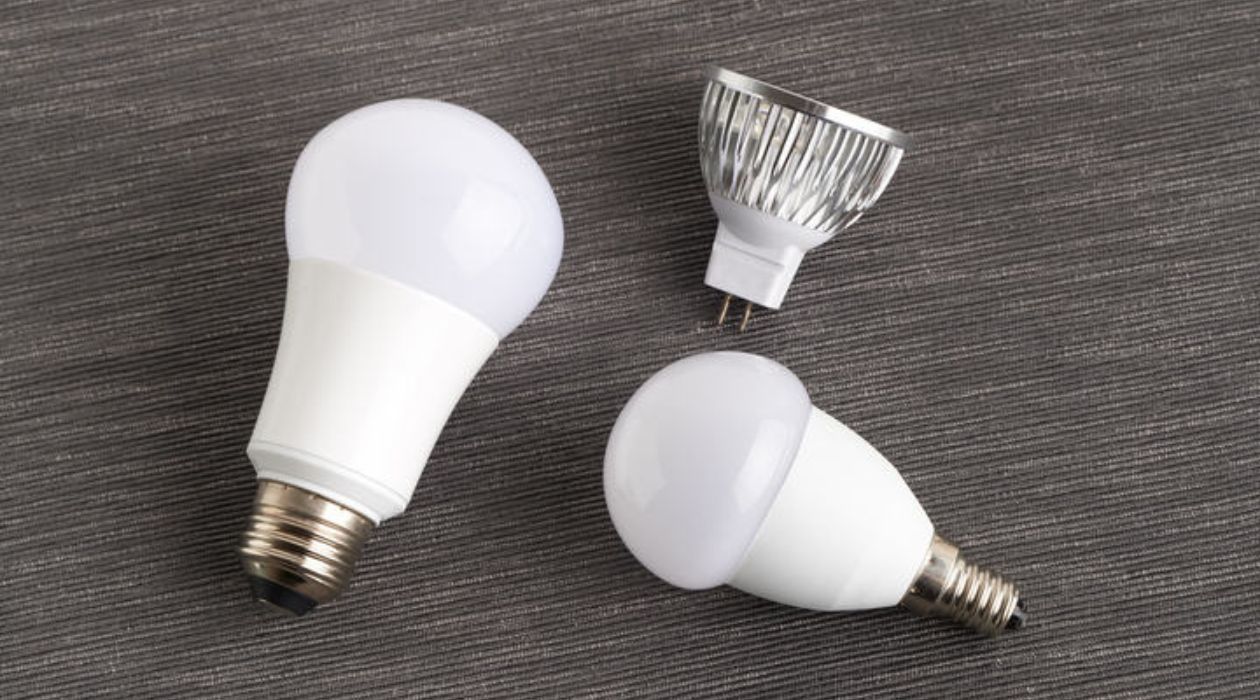

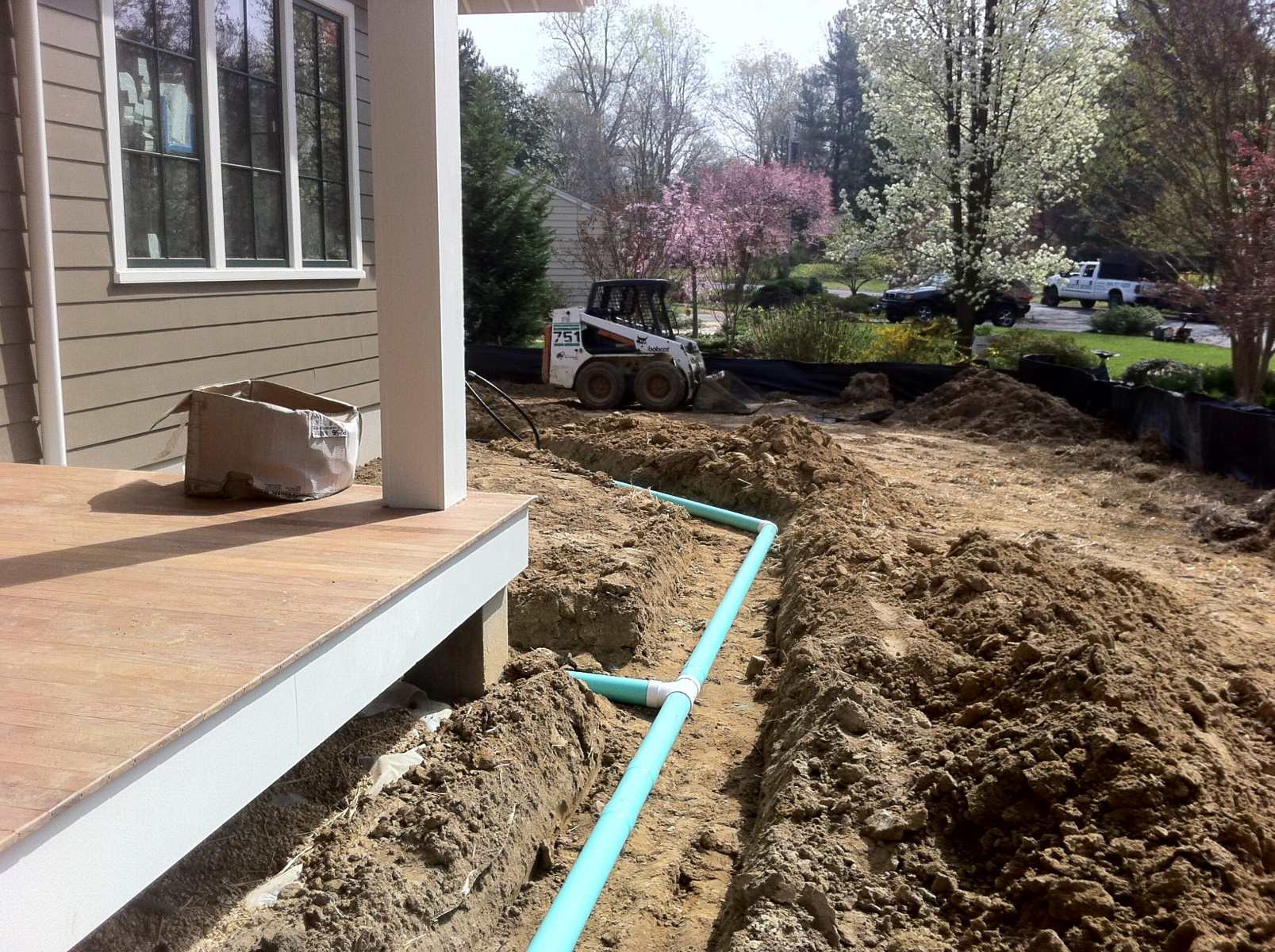

0 thoughts on “What Is My House’s Standard Drainage Size”